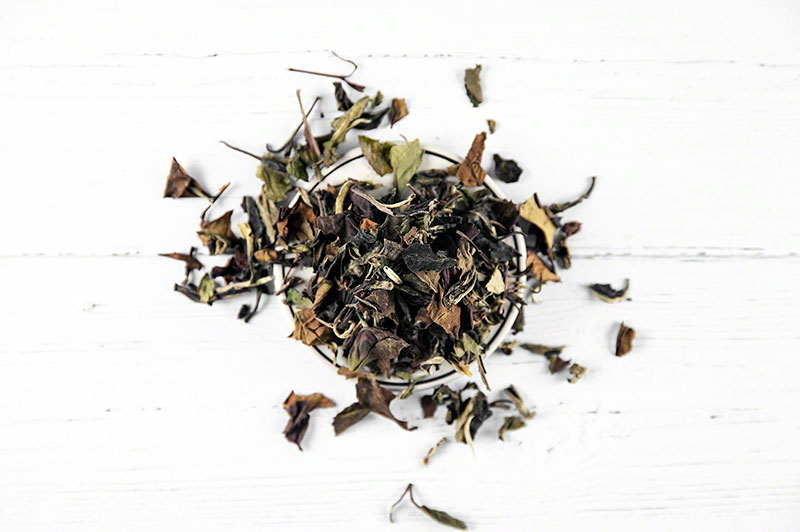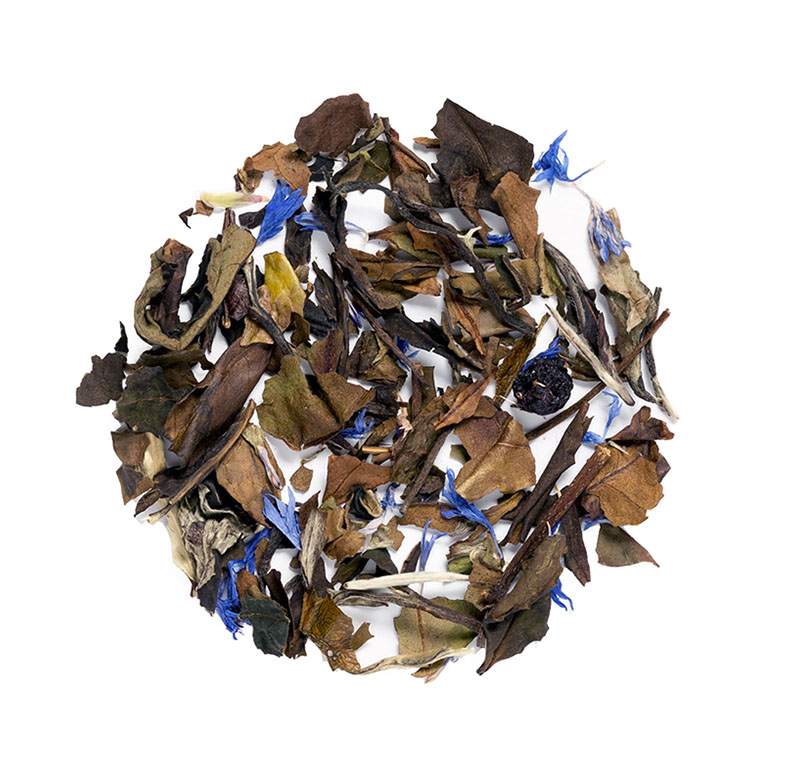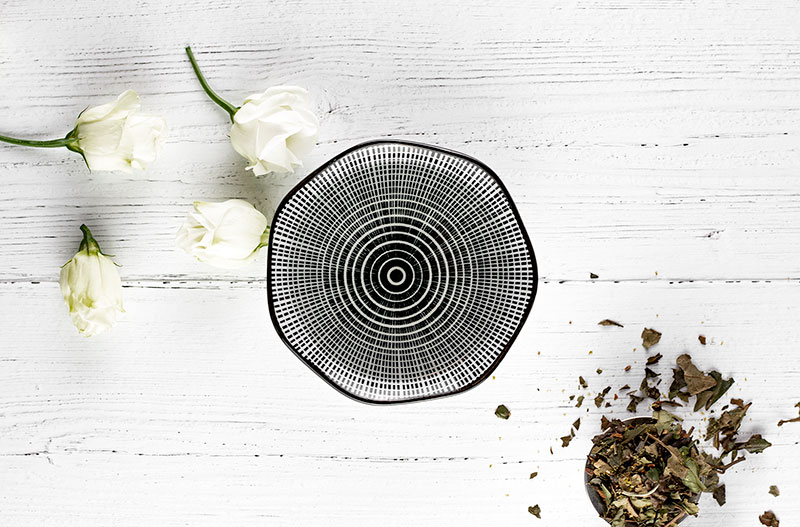Best White Teas To Buy in 2020
Thinking of trying white tea? Not all white teas were made the same. The good news is that the world of white teas is quite small, so it’s very easy to understand the flavors and types before making a purchase. Here are some of the most popular and best white teas to buy.
Best Types of White Tea
1. Silver Needle
The most popular type of white tea is Silver Needle or Yin Zhen. Yin Zhen tea is made of young buds and contains no other tea leaves. There are many different silver needle teas, and they can come from different countries. The most popular silver needle comes from Chinese Fujian province and it’s called Bai Hao Yin Zhen. It has a light, sweet, smooth and fresh flavor with light silver hairs floating on the surface.
The other popular silver needle tea comes from China too – Yunnan province that’s famous for pu’erh tea. One of the most expensive white teas made outside China is Adam’s Peak white tea from Sri Lanka, grown on a very high altitude. Flavor notes for silver needle tea include fresh hay, fresh watery fruits like melons, light smokiness or spiciness and freshly cut grass, all followed by a light sweetness.
2. White Peony
The second most popular white tea also comes from the Chinese Fujian province. It includes both buds, one or two leaves with fresh green and brown color. Both leaves and stalks can be quite big in White Peony loose leaf tea. It has a sweet and light aroma, with notes of fresh dry hay and ripe fruits, and sometimes a floral touch. The Chinese name for this tea is Bai Mu Dan or Pai Mu Tan.
Some studies suggest that White Peony may have more EGCg than Silver Needle white tea, making it a great choice for a healthy beverage[1]. EGCg may help boost immune system and fight free radicals, offer anticancer activity, anti inflammatory activity, antibacterial activity and others.

White Peony or Pai Mu Tan white tea
3. Gong Mei
Gong Mei is another Chinese white tea, similar to White Peony. It’s made from a different tea cultivar and has smaller leaves. Gong Mei is usually darker than White Peony and has a slightly stronger flavor.
4. Shou Mei
Just like Gong Mei, Shou Mei comes from China too, but it includes fewer buds than Gong Mei. Shou Mei or “Long Life Eyebrow tea” is usually darker, and perfect for making white tea blends. Shou mei is likely to contain much less caffeine than Silver Needle or White Peony, so it may be a great choice if you want to reduce the caffeine intake. On the other hand, it may offer high levels of catechins, same as Pai Mu Tan.

Simple Blueberry White blend with shou mei tea
5. Moonlight White
Silver Moonlight or Yue Guang Bai is a very unique Chinese white tea from Yunnan. It’s often closer to black and dark tea in flavor than to a typical white tea. It’s mellow, sweet, rich and has no bitterness at all.
Flavor Profile of White Tea
Although the white tea category contains only a few tea types, it includes a whole range of flavors – from very light and delicate to strong and malty. Some are nutty, some have notes of fresh hay, and some even have maltiness specific to black tea. White tea can be aged too and aging will change the original flavor and make it more pronounced and refined. Silver Needle can be as gentle as a spring breeze, or spicy and even smokey. It’s very important to always buy high quality white tea. Low quality white tea with pungent, bitter and moldy hay notes may give you a completely wrong impression on this tea category. Next, it’s important to brew it properly. Over-brewed white tea will likely have a strong and bitter flavor too.
Teas with more buds and greener leaves will always have a very delicate light aroma, and those with fewer buds or darker brownish leaves, a stronger flavor. Fujian white teas are lighter than Yunnan teas. Teas from spring harvest will have more sweetness and freshness. If you are looking for tea with less caffeine, go for darker leaves with fewer buds such as Shou Mei. If you already have an experience with white tea that put you off from trying more, give it another chance and choose white teas with plumper and greener leaves.
White Tea History
The birthplace of white tea is Fujian in China. Even today, the best white teas usually come from this province. It’s believed that white tea was first known more than 1000 years ago during Tang Dynasty[2]. Back then it was compressed in bricks, rather than made in loose leaf tea form. Interestingly, white tea is still available in compressed bricks or cakes, and often aged too.
The Chinese name for white tea is “bai cha”. In the Chinese language, the word bai means white, and cha means tea. The color in the name of the tea usually refers to the color of tea liquor, and not the processing method. Legend has it that the name was created out of the custom of serving hot water to the guests, in the lack of tea. High quality white tea, if brewed correctly, has almost no color at all.
The name “white tea“ can be confusing sometimes, as some light green teas are also called white, exactly because of their color. A good example is the Anji White Tea or Anji Bai Cha, a delicate pale tea, called “white”, but processed as the green type. The other example is White Monkey, another Chinese green tea with much lighter liquor and flavor than regular green teas.
More White Tea FAQs
Is white tea the healthiest to drink?
White tea is often called a “beauty tea“ because it contains high levels of antioxidants. It’s delicate and light, and often lightly sweet, and could be a great choice for anyone that wants to enjoy the benefits of green tea, but doesn’t like its flavor. Green tea, too, has high levels of catechins. Studies showed that the amount of total catechins in white tea ranges from 14.40 to 369.60 mg per gram of dry leaf, and 21.38 to 228.20 mg per gram of green tea dry leaf[3].
What is the best time to drink white tea?
White tea contains caffeine, so it’s best avoided later in the afternoon or evening. If you are not sensitive to caffeine and it’s not affecting your sleep, you can drink white tea throughout the day. Otherwise, drink it in the morning and early afternoon. Studies showed that white tea may have more caffeine than Chinese sencha or Darjeeling black tea[4]. 3-5 cups of tea per day should cause no side effects for most people and provide all the benefits.
Which teas are white tea?
White teas are all teas that are minimally processed. Although most of white tea is still made in China, some of them come from other countries like Sri Lanka, India, Nepal, Vietnam or even Japan. White teas are withered and dried. They go through different production processes than green, yellow, black, dark or oolong tea.
How to choose the best quality white tea?
When choosing the best white tea it’s important to pay attention to the following: appearance of dry leaves, scent of dry leaves, touch, color, aroma and flavor of tea liquor.
1. Appearance
Any high-quality Chinese Silver Needle should contain a lot of white hair and buds. The highest quality Silver Needle will have big plump buds and will not contain any leaves at all. Color should be silver green. Very little or no silver hair on buds and leaves means your tea was harvested later in the season. Teas of later harvest have different nutritional profile from spring teas. Regardless of the harvesting time or grade, tea leaves should always look attractive.
2. Scent
No scent to dry leaves shows either low quality or bad storage conditions. Every tea should have a fresh scent. However, white tea is very delicate and the scent may not be noticeable immediately. Place the tea leaves into a pre-heated teapot to see if there is any or no scent.
3. Touch
Tea leaves should feel nice to the touch. Gentle, plump and silky buds indicate high quality Silver Needle.
4. Tea liquor
If a white tea is made of buds, there should be a layer of tiny white hairs floating on the surface of the cup. When brewed, white tea should have light and healthy color. Avoid murky teas and unpleasant colors, dark brown or grey colors in pure unflavored tea.
5. Flavor
Flavor very important when choosing tea. White tea is naturally lightly sweet. Teas with moldy and strong wet hay flavor or those that have excessive bitterness even when brewed correctly are probably lower in quality or stored improperly.
Read more about white tea:
- What is White Tea?
- How to Brew White Tea
- White Tea Prep Tips + Where to Buy
- White Tea vs Green Tea Differences
References:
[1] https://simplelooseleaf.com/blog/loose-leaf-tea/white-tea-vs-green-tea/
[2] https://www.newworldencyclopedia.org/entry/White_tea




